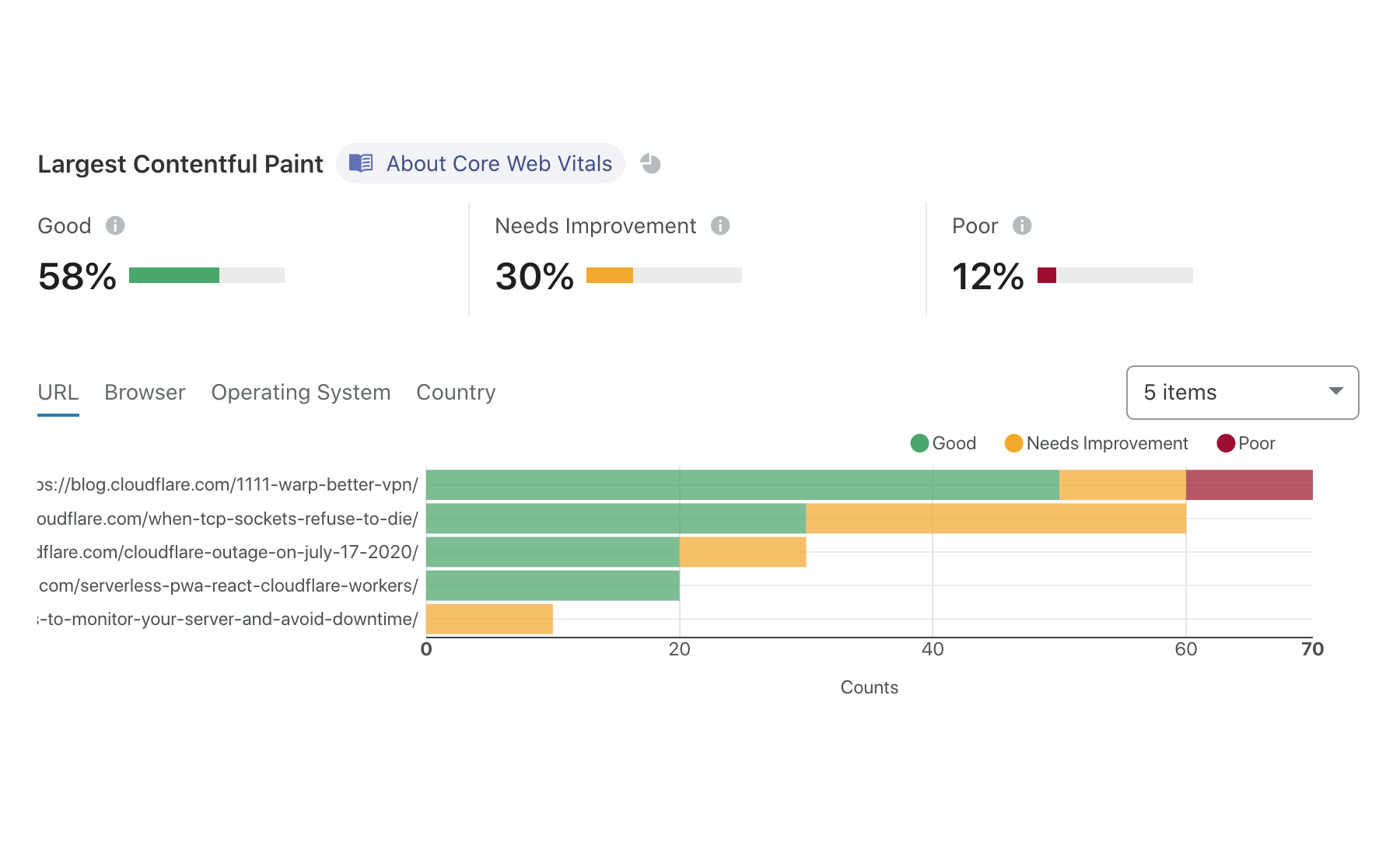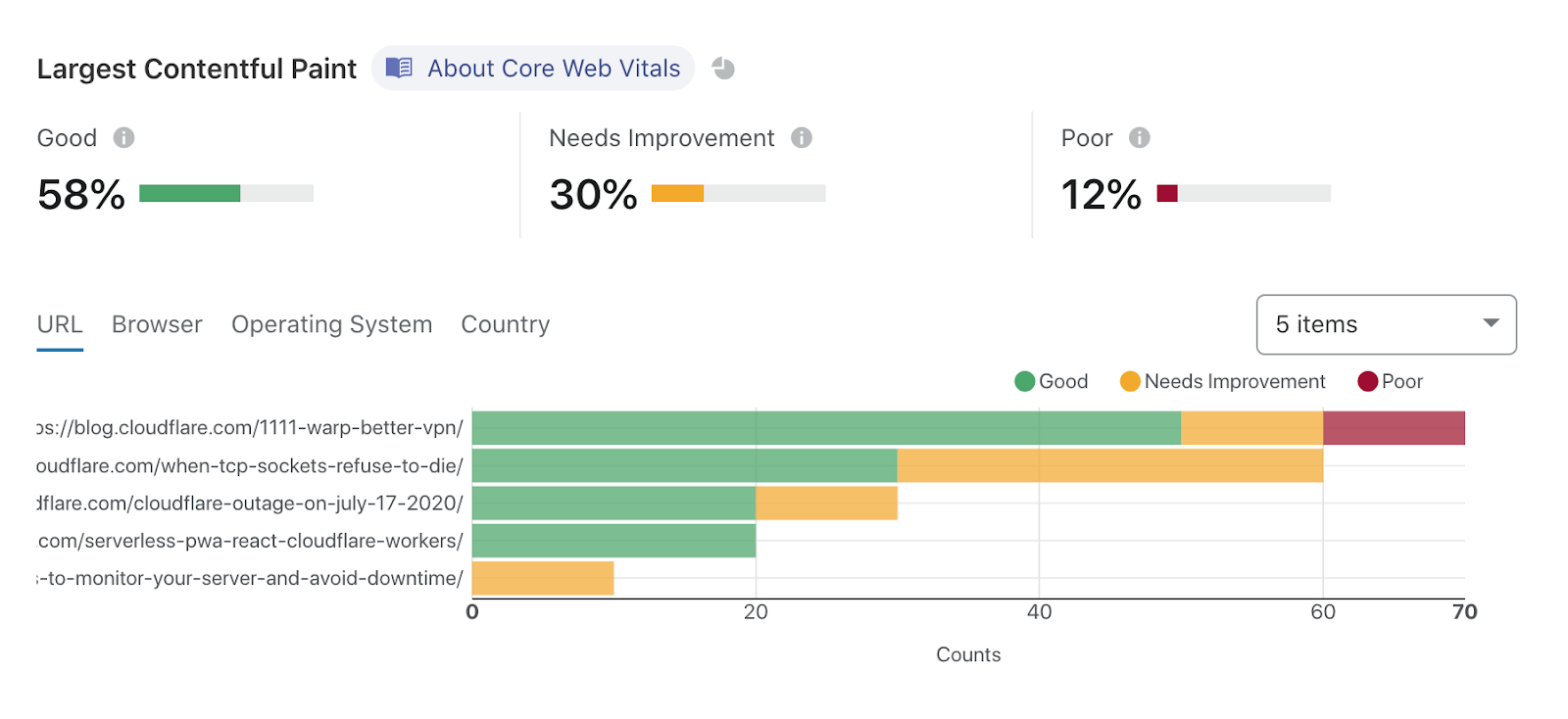VMware plan disaggregates servers, offloads network virtualization and security
VMware is continuing its effort to remake the data center, cloud and edge to handle the distributed workloads and applications of the future.At its virtual VMworld 2020 event the company previewed a new architecture called Project Monterey that goes a long way toward melding bare-metal servers, graphics processing units (GPUs), field programmable gate arrays (FPGAs), network interface cards (NICs) and security into a large-scale virtualized environment.Monterey would extend VMware Cloud Foundation (VCF), which today integrates the company’s vShphere virtualization, vSAN storage, NSX networking and vRealize cloud management systems to support GPUs, FPGAs and NICs into a single platform that can be deployed on-premises or in a public cloud.To read this article in full, please click here





